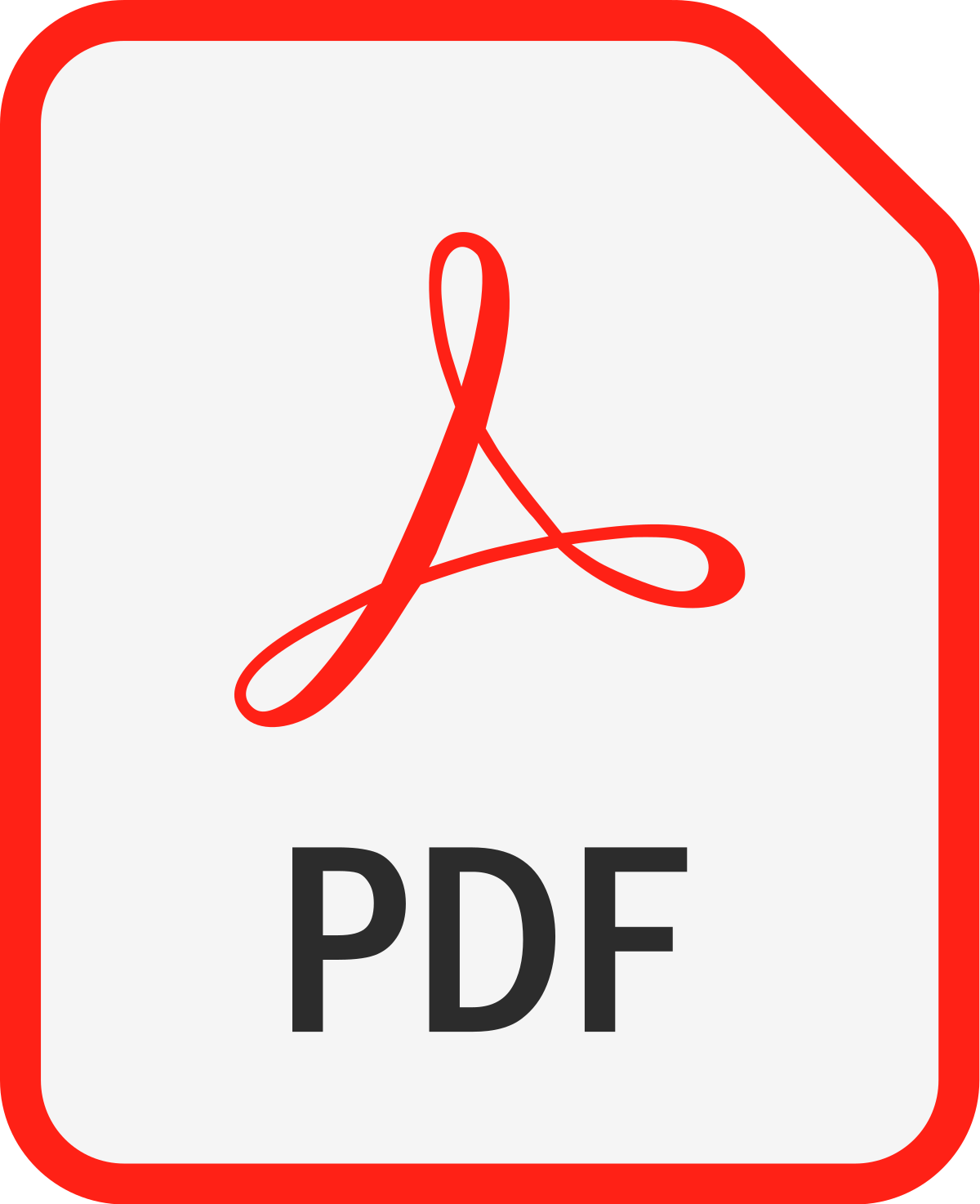Home > CSC-OpenAccess Library > Manuscript Information
EXPLORE PUBLICATIONS BY COUNTRIES |
 |
| EUROPE | |
| MIDDLE EAST | |
| ASIA | |
| AFRICA | |
| ............................. | |
| United States of America | |
| United Kingdom | |
| Canada | |
| Australia | |
| Italy | |
| France | |
| Brazil | |
| Germany | |
| Malaysia | |
| Turkey | |
| China | |
| Taiwan | |
| Japan | |
| Saudi Arabia | |
| Jordan | |
| Egypt | |
| United Arab Emirates | |
| India | |
| Nigeria | |
Maturity Models in the Software Engineering Literature: An
Analytical Overview
Rafa E. Al-Qutaish
Pages - 1 - 19 | Revised - 31-12-2024 | Published - 01-02-2025
Published in International Journal of Data Engineering (IJDE)
MORE INFORMATION
KEYWORDS
Maturity Models, OSMM, SMM, SPQMM, TMM, CMMI-SW, ISO 15504, Nastro Model.
ABSTRACT
A maturity models are structured and systematic frameworks designed to outline the key
characteristics, attributes, and features that define effective processes or products. These models
serve as a reference point or benchmark, allowing organizations to assess, compare, and
evaluate the relative capabilities and effectiveness of their processes or products. By providing a
clear pathway for progression, maturity models help organizations identify areas of strength,
opportunities for improvement, and strategies for achieving higher levels of efficiency and quality.
In the context of software engineering, maturity models are widely recognized and utilized as
essential tools for evaluating both the development processes and the resulting software
products. They are particularly valuable in assessing how well processes or products align with
industry standards and best practices. Generally, maturity models in this domain are categorized
into two primary types: process maturity models and product maturity models. Process maturity
models focus on evaluating the evolution, refinement, and optimization of software development
processes. These models assess how systematically and efficiently an organization develops,
tests, delivers, and maintains software, aiming to enhance process performance and reliability
over time. On the other hand, product maturity models concentrate on evaluating the quality,
reliability, and overall sophistication of the software product itself. These models examine factors
such as functionality, usability, scalability, and maintainability, offering insights into the readiness
and robustness of the product. This paper aims to provide a comprehensive overview of the role
and significance of maturity models within software engineering. It highlights their importance as
tools for performance evaluation, fostering continuous improvement, and driving standardization
across the industry.
| Al-Qutaish, R. E., & Abran, A. (2011). A Maturity Model of Software Product Quality. Journal of Research and Practice in Information Technology 43(4), 307-327. | |
| Bruin, T. d., Rosemann, M., Freeze, R., & Kulkarni, U. (2005). Understanding the main phases of developing a maturity assessment model Australasian Conference on Information Systems (ACIS'05), Sydney, Australia. | |
| BUGLIONE, L., & ABRAN, A. (1999). Geometrical and statistical foundations of a three-dimensional model of software performance. Advances in Engineering Software, 30(12), 913-919. | |
| BUGLIONE, L., & ABRAN, A. (2002). QEST nD: n-dimensional extension and generalisation of a software performance measurement model. Advances in Engineering Software, 33(1), 1-7. | |
| Burnstein, I., Suwanassart, T., & Carlson, C. R. (1996a). Developing a Testing Maturity Model: Part I. CrossTalk: the Journal of Defense Software Engineering, 9(8), 21-24. http://www.stsc.hill.af.mil/crosstalk/frames.asp?uri=1996/08/Developi.asp. | |
| Burnstein, I., Suwanassart, T., & Carlson, C. R. (1996b). Developing a Testing Maturity Model: Part II. CrossTalk: the Journal of Defense Software Engineering, 9(9), 19-26. http://www.stsc.hill.af.mil/crosstalk/frames.asp?uri=1996/09/Developi.asp. | |
| Golden, B. (2004). Succeeding with Open Source. Addison-Wesley Professional. | |
| ISO. (2003). Information Technology - Process assessment - Part 2: Performing an Assessment. International Organization for Standardization. | |
| ISO. (2004a). Information Technology - Process Assessment - Part 1: Concepts and Vocabulary. International Organization for Standardization. | |
| ISO. (2004b). Information Technology - Process Assessment - Part 3: Guidance on Performing an Assessment. International Organization for Standardization. | |
| ISO. (2004c). Information Technology - Process Assessment - Part 4: Guidance on Use for Process Improvement and Process Capability Determination. International Organization for Standardization. | |
| ISO. (2006). Information Technology - Process Assessment - Part 5: An Exemplar Process Assessment Model, Document Number: N3302 Dated on 14 September 2005. International Organization for Standardization. | |
| Iversen, J., Nielsen, P. A., & Norbjerg, J. (1999). Situated assessment of problems in software development. Database for Advances in Information Systems, 30(2), 66-81. | |
| Jakobsen, A., & Punter, T. (1999). Towards a Maturity Model for Software Product Evaluations. Retrieved Accessed on Nov. 25, 2024 from https://www.researchgate.net/publication/2504368_Towards_a_Maturity_Model_for_Software_Product_Evaluations | |
| KOSCIANSKI, A., & COSTA, J. C. B. (1999). Combining analytical hierarchical analysis with ISO/IEC 9126 for a complete quality evaluation framework. 4th IEEE International Symposium and Forum on Software Engineering Standards, Curitiba, Brazil. | |
| Maturity Model: A framework that assesses the level of maturity of an organization’s processes and practices. Retrieved Visited on Nov. 25, 2024 from https://www.brightwork.com/glossary/maturity-model. | |
| McBride, T., Henderson-Sellers, B., & Zowghi, D. (2004). Project Management Capability Levels: An Empirical Study. In Proceedings of the 11th Asia-Pacific Software Engineering Conference - APSEC’2004 (pp. 56-63). IEEE Computer Society Press. | |
| Nastro, J. (1997). A Software Product Maturity Model. CrossTalk: the Journal of Defense Software Engineering, 10(8). http://www.stsc.hill.af.mil/crosstalk/1997/08/product.asp. | |
| SEI. (1993). Capability Maturity Model for Software Engineering (Version 1.1). | |
| SEI. (2002a). Capability Maturity Model Integration for Software Engineering (CMMI-SW) - Staged Representation, Version 1.1. http://www.sei.cmu.edu/pub/documents/02.reports/pdf/02tr029.pdf. | |
| SEI. (2002b). Capability Maturity Model Integration for Software Engineering (CMMI-SW) - Staged Representation, Version 1.1. http://www.sei.cmu.edu/pub/documents/02.reports/pdf/02tr029.pdf. | |
| Torriano, K. (2022, 15-18 May). Maturity Models: Testing Your Way to the Top STC’22 Summit: Technical Communication Conference & Expo, Chicago (Rosemont), IL, USA. | |
| Weber, M. (2008). The business case for corporate social responsibility: A company-level measurement approach for CSR. European Management Journal 26(4), 247-261. | |
| Wendler, R. (2012). The maturity of maturity model research: A systematic mapping study. Information and Software Technology, 54(12), 1317-1339. | |
Dr. Rafa E. Al-Qutaish
Associate Professor of Software Engineering, 412-1682 Chemin du Tremblay, Longueuil, QC J4N 1E1 - Canada
rafa.alqutaish@gmail.com
|
|
|
|
| View all special issues >> | |
|
|



